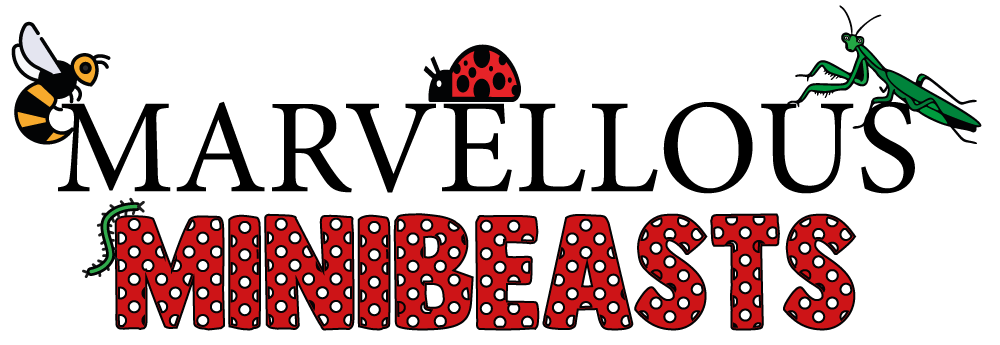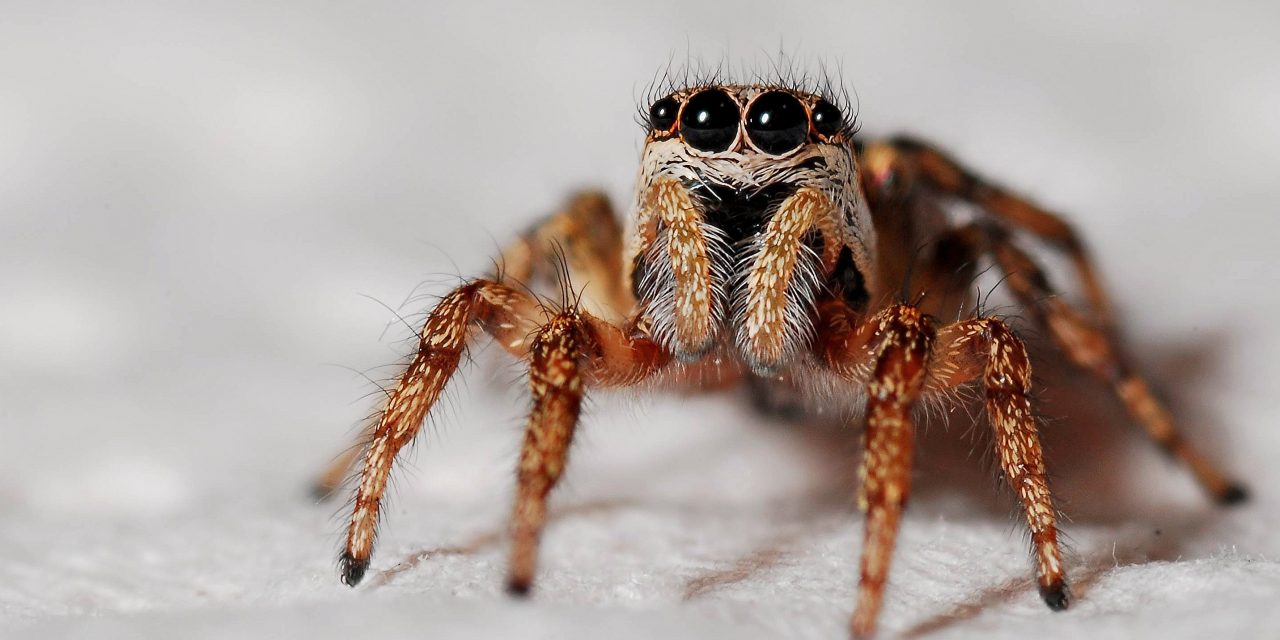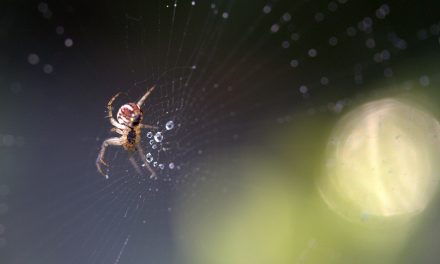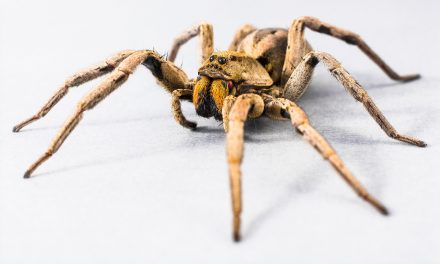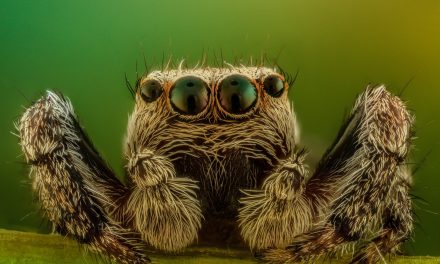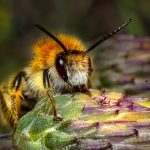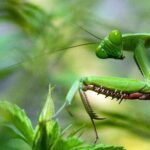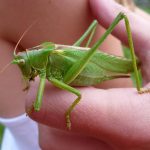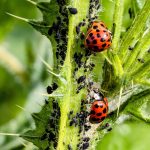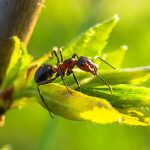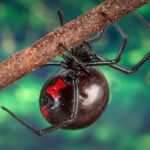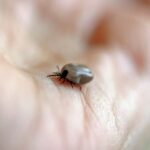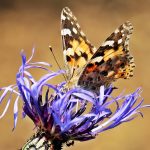People’s attitudes toward spiders have been negatively shaped over time by scary movies and books. Despite their terrifying appearance, most spiders are not dangerous to people. In fact, only a few of the 40,000 species of spiders can be harmful to humans. Even the most dangerous spiders won’t hurt you if they don’t feel threatened by you.
Hopefully, after reading this article, you will have a better understanding of how crucial spiders are to our ecosystems and the management of pesky insects, and you will try to be more accepting of them.
Are spiders good for the ecosystem?
It is highly likely that you have had an experience with a spider at some point in your life. This is because spiders can be found living in a wide variety of environments.
While most people may not like them, spiders play an important role in the health and balance of ecosystems all over the world.
Spiders are necessary because they feed on pests that, if left unchecked, would cause untold damage to crops. This could have enormous consequences for our survival.
An experiment was carried out in the UK to find out if spiders were more effective than pesticides at controlling agricultural pests. It showed that spiders were the most important invertebrate predators in terrestrial ecosystems due to the wide variety of insects they ate.
The term “terrestrial ecosystem” refers to any ecosystem that is located on land. Some examples include tropical rainforests, grasslands, and deserts.
Nematodes, planarian worms, scorpions, centipedes, predatory mites, and predatory slugs and snails are some of the animals that are likely to be found living in terrestrial ecosystems.
The experiment also showed that the pests developed a resistance to pesticides, which led to the use of stronger, more harmful chemicals. If we just let insect predators do their natural job of eating insects, we wouldn’t have to resort to using harmful chemicals like pesticides, which kill spiders and other beneficial insects.

What do spiders eat?
Spiders are obligate predators, which means that they must eat other animals to stay alive. Spiders mostly eat insects like ants, bees, mosquitoes, cockroaches, centipedes, aphids, flies, beetles, and sometimes even other spiders.
Larger species of spiders have been known to eat worms, snails, and even small vertebrates like frogs, lizards, birds, and bats.
Spiders are an important part of the food chain because they provide food for many other insects and animals, including birds.
We should welcome them as allies because of their ability to keep other insects under control. For instance, there are two kinds of jumping spiders that are commonly referred to as “mosquito terminators.” Both the Evarcha culicivora and the Paracyrba wanlessi spiders prefer to eat only mosquitoes.
Diseases like Zika, West Nile, malaria, dengue fever, and yellow fever are spread by mosquitoes. Spiders that actively hunt and eat mosquitoes help to reduce the number of these annoying insects, which in turn helps to lower the risk of diseases being spread.

Do spiders drink water?
We often get asked if spiders drink water, and the answer is yes, spiders do drink water. They get the majority of their water from the prey that they eat. They also drink water from the dew that forms on their webs and from the small droplets of water found on vegetation.
Although most species of house spiders can survive for months without eating or drinking, some need to drink at least once every few days.
Why are spiders in my house?
Spiders like to live in warm, dark places. They also like to eat insects, so you will always find spiders where there are insects. One way to help control insects is to prevent them from entering your home. You can do this by using insect screens on doors and windows where possible and making sure any cracks and gaps are filled.
Keep your home clean and free of clutter to make it less appealing to spiders and bugs. You can do this by regularly sweeping up crumbs, wiping down kitchen surfaces after every use, and making sure things are put away.
Another great tip is to store food in sealed containers so insects can’t get into it. Keeping your home insect-free means spiders won’t have a food source, so they will likely not come inside your home.
How to remove a spider from your house
The most effective and humane method of spider removal is to trap it in a glass with a piece of cardboard. Place the glass over the top of the spider and slide the card under the glass.
Remember, most spiders are harmless and can be relocated quite easily. However, using the glass method means you won’t need to touch the spider, and it can’t touch you. Once you have the spider safely trapped in the glass, you can take it outside and release it.
Do not try to flush the spider down the toilet or wash it down the plughole, as spiders have unique water-repellent properties and they may well pop up a little while later.

10 interesting facts about spiders
- Spiders are not insects; instead they belong to the arachnid family.
- People who have a fear of spiders are said to have “arachnophobia.” Arachnophobia is a term that was derived from the Greek words for “spider” and “fear.”
- Depending on the species, spiders can have anywhere from six to eight eyes. Despite having so many eyes, many species of spiders have very poor eyesight. They make up for this by using the hairs on their legs, which can pick up scents, helping the spider find food. Their leg hair can also detect vibrations when prey lands on their web. They also come in handy when a spider is searching for a mate.
- Silk is produced by all spiders, but not all spiders spin webs. Jumping spiders cast lines that they use to catch themselves if they fall. They don’t spin webs; instead, they make little web cocoons that they live in.
- The Goliath Bird-Eating Tarantula is the largest spider in the world, with a body length that can reach up to one foot and fangs an inch long! You won’t have to worry about encountering this type of spider unless you take a trip to the South American rainforests.
- Trapdoor spiders can live for up to 35 years in the wild.
- Spiders exist on every continent except Antarctica.
- There are more than a hundred different kinds of spiders that look and act like ants. Some do it to help them hunt ants, but the vast majority of them do it to avoid being eaten by predators.
- Not all spiders are active hunters and instead rely on intricate webs to capture their prey. Other types of spiders, such as crab spiders and wolf spiders, hunt using stealth and actively seek out their prey as they move around.
- Jumping spiders make great pets. They are curious and energetic, and great for beginners.
